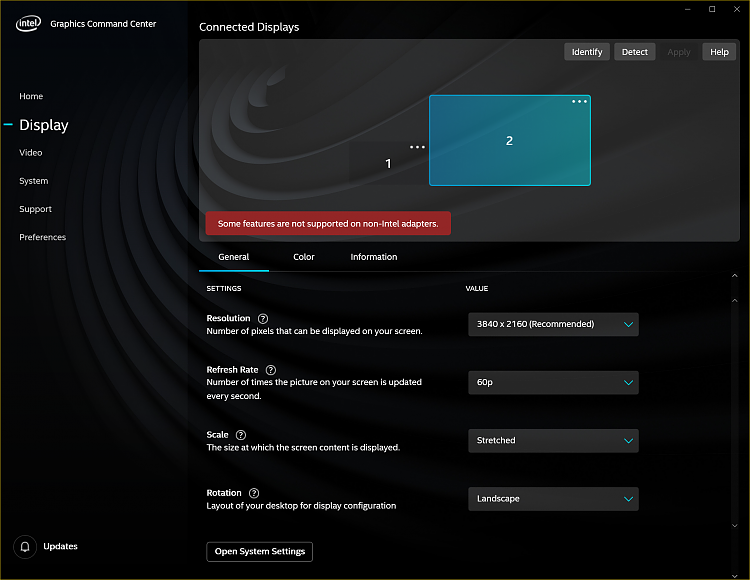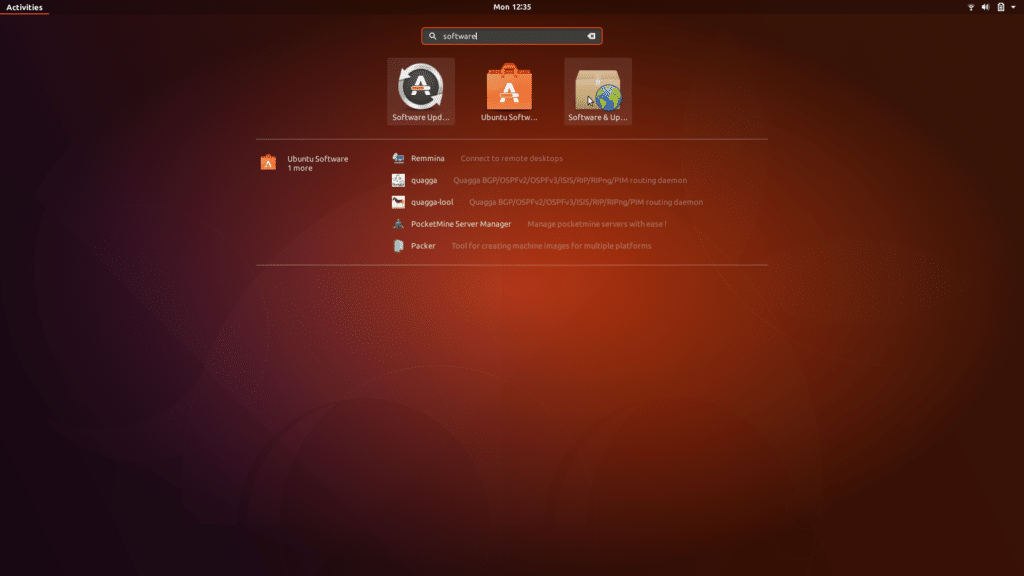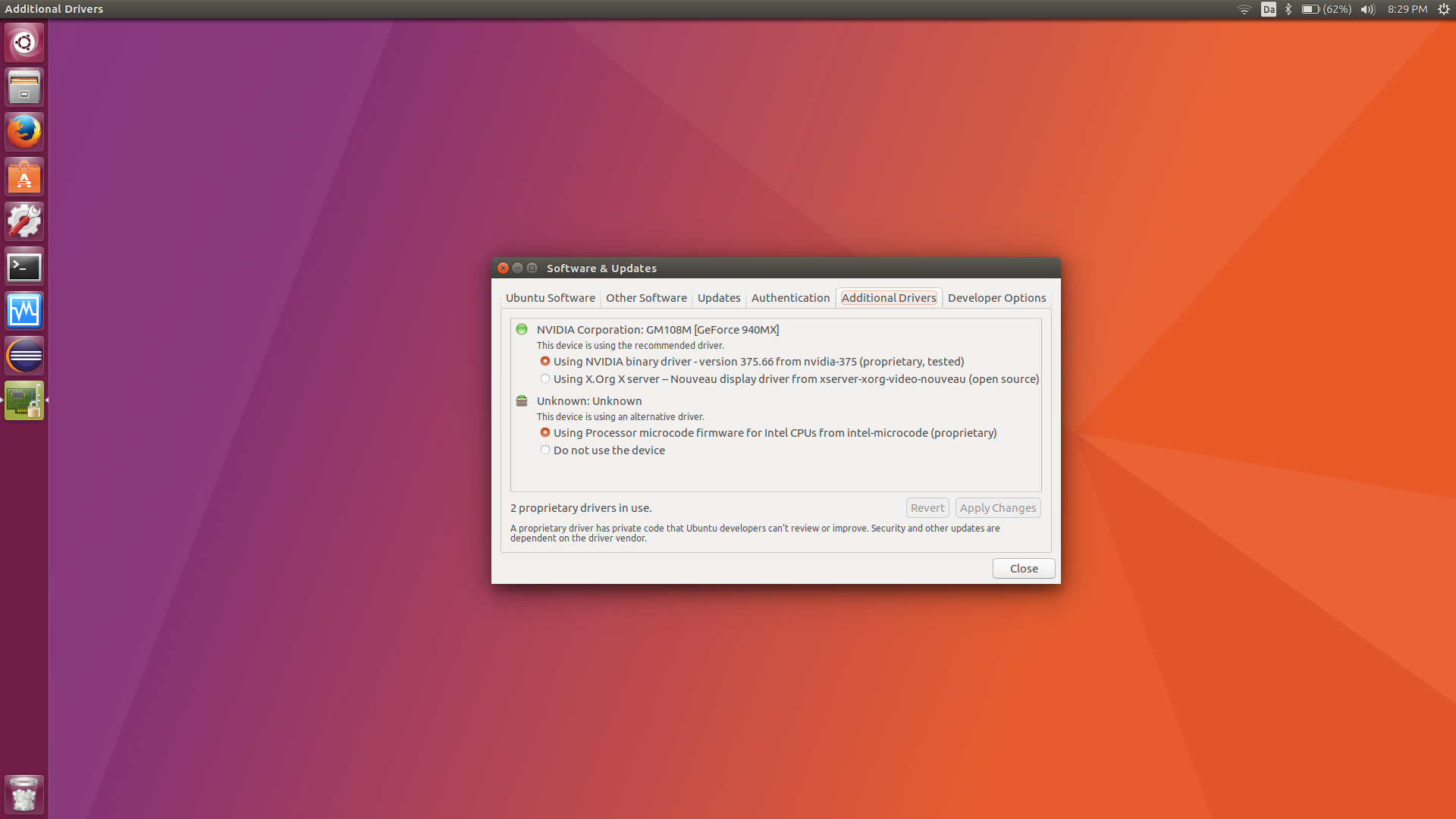


For example, the vainfo command can be used to detect which VA API codec features our hardware supports. Provide a series of VA API related tests. Transfer the packaged buffer and commands to the i965 driver (open source intel set display driver, integrated in the Linux kernel) for hardware-accelerated video codec, shader processing, etc. It mainly serves as a bridge between our program and Intel's integrated display. :~/ttff$ sudo make install intel-vaapi-driver: VA API related library driver installation Libva: :~/ttff$ git clone Basic library installation :~/ttff$ sudo apt-get -y install autoconf automake build-essential libass-dev libtool pkg-config texinfo zlib1g-dev libva-dev cmake mercurial libdrm-dev libvorbis-dev libogg-dev git libx11-dev libperl-dev libpciaccess-dev libpciaccess0 xorg-dev git-core libfreetype6-dev libsdl2-dev libtool libvdpau-dev libxcb1-dev libxcb-shm0-dev libxcb-xfixes0-dev wget zlib1g-dev After this, use a virtual machine to do it.Īccording to an old brother’s blog, the integrated graphics card can also be called through vaapi.īuild the vaapi-ffmpeg development environment: Īfter testing, in terms of drawing i frames, 2k resolution, the speed is a bit faster than the software, the CPU occupancy rate is less than one core, I am j1900 4 core, the software solution runs full every time 1. The installation method is found inside, but the kernel needs to be changed.

I'm here Intel-Media-SDKI took a look at the official website of ffmpeg and saw a website dedicated to ffmpeg When I was working on video before, I learned a little about qsv. Next, we need to verify the call to vaapi codec:.Let's start to verify the graphics card support through the vainfo command:.VA API related library driver installation.


 0 kommentar(er)
0 kommentar(er)
